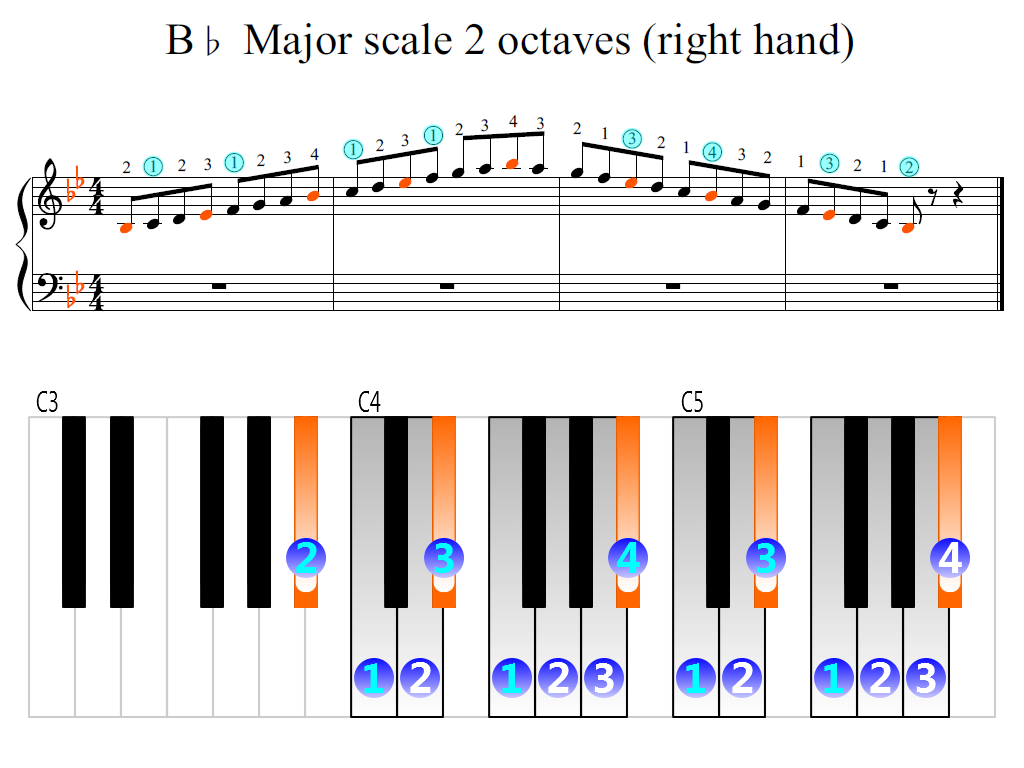

To count up a whole step (whole tone), count up by two physical piano keys, either white or black. “W” stands for whole step, and “H” stands for half step. They are based on the formula W-W-H-W-W-W-H. Major scales are formed by combining whole step and half step intervals.


Ab is the tonic of the A-flat major scale.To learn more about this scale and others, check out my course, Learn Scales & Music Theory & Give Yourself An Upper Hand. Here’s a diagram of the Ab major scale on the bass clef. Here’s a diagram of the Ab major scale on the treble clef. Highly Recommended: Click here for the BEST piano/keyboard course I’ve come across online. Major 6th – The 6th note of the scale is F.Perfect 5th – The 5th note of the scale is Eb.Perfect 4th – The 4th note of the scale is Db.Major 3rd – The 3rd note of the scale is C.Major 2nd – The 2nd note of the scale is Bb.Tonic – The 1st note of the A-flat major scale is Ab.The relative minor of A flat major is F minor. This scale consists of the pitches A♭, B♭, C, D♭, E♭, F, and G. (Please see Transposition for more about choosing keys.In this lesson, we learn how to play the A flat major scale. But today the most common reason to choose a particular key is simply that the music is easiest to sing or play in that key. Even now, there are subtle differences between the sound of a piece in one key or another, mostly because of differences in the timbre of various notes on the instruments or voices involved. So why bother with different keys at all? Before equal temperament became the standard tuning system, major keys sounded more different from each other than they do now. The music may look quite different, but the only difference when you listen is that one sounds higher than the other. Listen to this tune in G major and in D major. \): b: In D Majorįigure 5: The same tune looks very different when written in two different major keys.


 0 kommentar(er)
0 kommentar(er)
